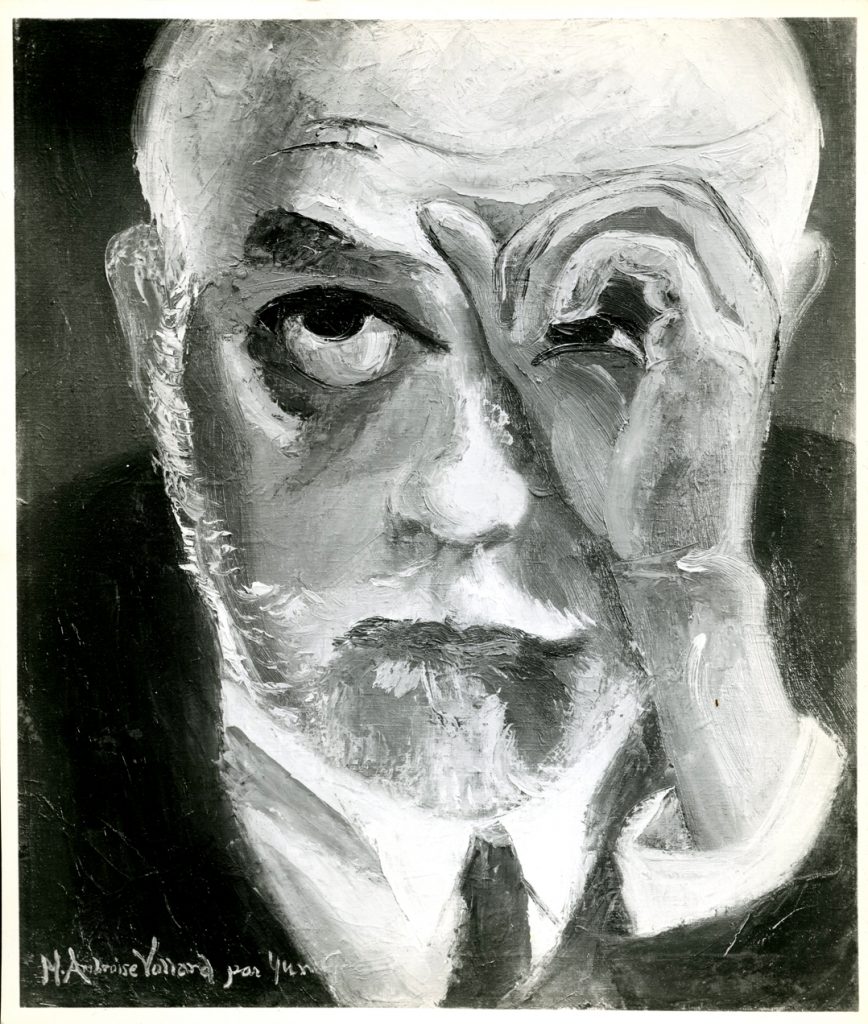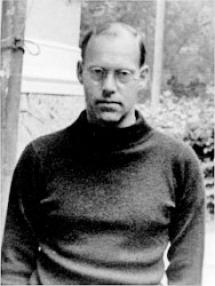No one, in these grim times, when the painter’s normal creative impulses are being crushed by a gigantic weight of destruction, can wisely prophesy a brilliant future for our native art. Yet an experimental exhibition of paintings by “Fifty Oncoming Americans” recently assembled by the Springfield Museum of Fine Arts and the Boston Institute of Modern Art – and currently visible at the latter – sounds an encouraging note. For the most part, it contains names which are little known to the lay public, but with which we will probably have to reckon before long.
Critical standards being inevitably personal and arbitrary, we appreciate that the selection of fifty practicing painters for an exhibition of this kind is a hazardous affair. But it was not our intention to isolate the fifty most promising “unarrived” American painters for a single collective showing, or to claim any special preeminence for the chosen group. We simply contend that the men and women here represented – their average age is under thirty-five – have already amply demonstrated their potentialities and that they deserve patronage at least commensurate with their proven ability.
The exhibition has the secondary function of inculcating the museum-going public with the realization that a considerable quantity of first-rate painting is within reach of the small pocketbook. The prices in this exhibition, appearing, incidentally, both in the catalogue and on the labels in healthy contradiction to accepted museum practice, scale down from a $500 maximum (affixed to three pictures) to a $60 minimum. And we confidently invite direct comparison of the efforts of many of these painters with the output of certain high-pressure, high-priced American compeers.
These fifty leave you with the dominant impression that American painting is freeing itself from the bonds of imitation and mannerism. The derivative aspects are still much in evidence, but you feel that the major formative influences are being more constructively assimilated than heretofore. For example, John Koch’s rich flower-piece, Gladioli, betrays this painter’s strong admiration for Renoir, yet, in every sense, it is a highly individualized performance. The same circumspect absorption of influence is evident in Jack Levine’s powerfully distorted Neighborhood Physician, at which – though it is an utterly personal conception – you cannot look without recalling Soutine and Kokoschka, both of whom are giants to Levine.
 Ambroise Vollard: Yun Gee
Ambroise Vollard: Yun Gee
The exhibition’s diversity is implied by by a simple tabulation of the various categories. Apart from several distinguished abstractions there are many ingratiating, realistic pieces such as Harold Rabinovitz’ large Ballet Dancer, Thomas Craig’s Portrait of Ysidra Jaquez, and Wendell Jones’ hilarious “small-fry” Football Player, Corcoran Prizewinner John Heliker shows a bright, engaging Little Girl. The extensive landscape group is headed by Yvonne Twinning’s crisp River View. Carl Pickhardt’s Cook, Mitchell Siporin’s Domestic Refugees, and Alfred Sessler’s Green Market are convincing social studies. Willard Cummings’ Mr. and Mrs. Cutler is easily his most distinguished portrait to date, and Yun Gee’s Vollard is an excitingly eccentric portrayal of the late great connoisseur. Three outstanding works fortunately cannot be pigeon-holed. Julien Binford’s tranquil Here’s my Foots, dear Lord, Raymond Breinin’s restrained still-life, Maestro, and Darrel Austin’s brilliant, fantastic Tiger are conclusive evidence that a whole generation of American painters, on the threshold of emancipated maturity, are translating foreign doctrine into a persuasive native idiom.

James S. Plaut was founder and first director of the Institute of Contemporary Art in Boston. He stepped down as director of the Institute in 1956. In 1958 he served as deputy United States Commissioner to the Brussels World’s Fair, followed by a vice presidency of the Old Sturbridge Village, MA 1959-1961. He retired from the Institute in 1961. He was the secretary general to the World Crafts Council, 1967-1976. Plaut received an honorary D.F.A., from Wheaton College, Wheaton, IL, in 1974. In 1976, following his work with the Council, Plaut and his wife began the organization Aid to Artisans, a program to help third-world artisans market their wares. He died at a Boston hospital at age 83.
•BACK•